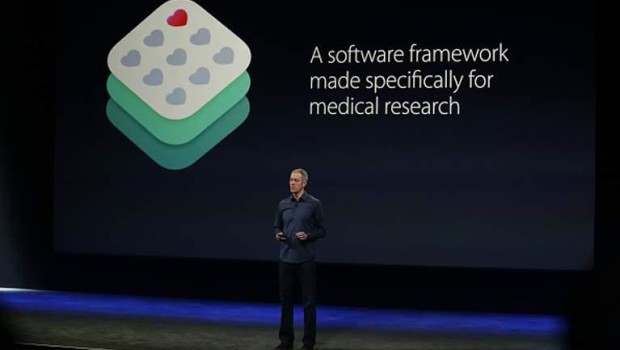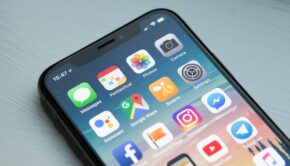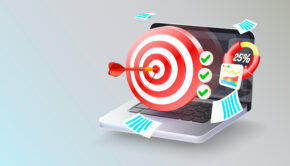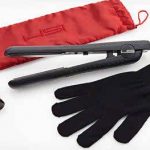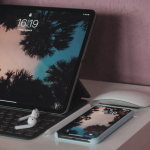Watch Out: Telling Time Not Apple’s Next Big Thing
Apple is once again making waves with its latest release—but this time, it is not a device that is shaking up the industry.
Breaking the Mold
The tech company’s first major foray into wearables—the Apple Watch—has been a cause for heavy skepticism as much as the fan boy enthusiasm such releases typically inspire. While the iPod and iPhone were truly revolutionary at the time of their respective launches, the Apple Watch represents little more than a costly extension of the iPhone, with a few health-based additions: it can measure a wearer’s heart rate, stride, and activity.
But because the Apple Watch must be tethered to the wearer’s iPhone to have any use—and due to its extremely limited battery life (18 hours), it hardly represents a new standard in consumer technology that will send rivals scrambling to catch up. Rather, it doubles down on milking existing customers, without providing any particular incentive for new adopters to embrace the brand.
The real innovation this time was released quietly in advance of the new watch, in the form of an open source design platform known as Research Kit.
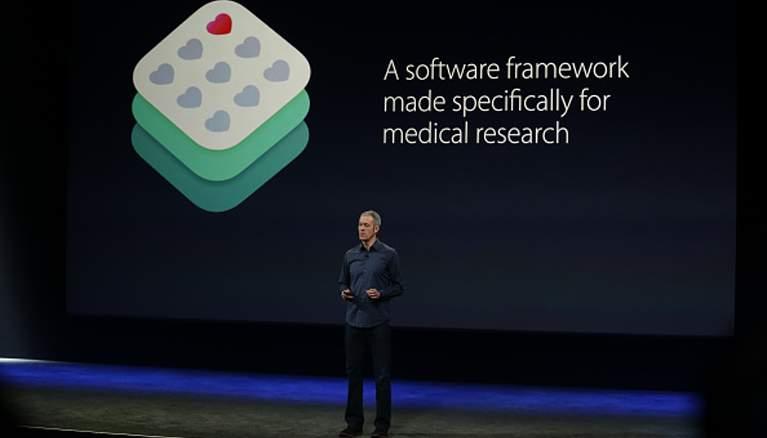
There’s No App for That
The Research Kit is supposed to allow developers to create apps that work with health wearables (pedometers, heart rate monitors, sleep-trackers, and now of course, the Apple Watch) to gather a user’s biometrics, then share them with researchers hoping to learn from the data.
Obtaining large amounts of specialized, usable information is a major obstacle for researchers in any field—especially medicine. While there are already efforts to convert medical records to digital (known as Electronic Health Records), the healthcare industry is still working on how to deal with the associated privacy and security issues.
The Research Kit is a game-changer for addressing this issue. Medical researchers can potentially access the wealth of data smart devices have been training users to share for years; only instead of broadcasting their locations through social media, photographing their meals, and making mobile payments, Research Kit apps should allow users to voluntarily share how much walking they do, how often they exercise enough to raise their heart-rates, and provide a glimpse into just how balanced their diets are.
Researchers, instead of painstakingly seeking out participants and conducting extensive, error-ridden surveys, can simply invite iPhone owners to allow their free apps to gather data for them—with the help and collaboration of creative developers.
By the People, For the People
The Apple Watch, as a health tech product, is entering a crowded field: sophisticated blood pressure monitors, futuristic athletic training gear, even blood glucose monitors (for diabetics) have all been released with iOS integration capability. And as the University of Florida’s School of Pharmacy (a leader in health research) has demonstrated, the academic world is prepped and ready to engage with the potential of these devices.
By offering the Research Kit as an open source tool, Apple has lit the fuse on three separate, but related, possibilities, that go well beyond driving demand for the company’s new watches.
Gamers and Game-Changers
Research Kit may be open source, but researchers still need developers with the skills to design apps using it. The challenge here is making apps that users can easily use—and actually want to use—while accommodating the needs of researchers. Scientific studies are complex, difficult to design, and require very particular data. Getting an app that pleases both parties could be more of a challenge than developers are used to.
This is good news for those who rise to the challenge. The potential savings offered by a successful research app are bound to be attractive to researchers looking to stretch their grant money, and that may lead to splurging on developer talent.
Right Tool for the Job
Apps developed using Research Kit are limited by what iPhones and their compatible devices can measure—and what users want to measure. By connecting smart-device users to researchers through these apps, a new consumer group has the power to emerge. This demand, leveraging the clout (and demand) of the research field, could drive third-party device makers to create new tools for measuring different biometrics.
The purchasing power of research universities—especially when backed by federal funding—makes these potential buyers a valuable consumer group. Demand on manufacturers will come from app developers, general consumers, and researchers to produce new, and more accurate, measurement products. Apple, as the bridge between them all, stands to benefit from all this innovation without having to put forth any additional investment of its own.
Release the Clones
iPods and iPhones were influential in part because of the droves of imitators and competitors that tried to copy, improve, and piggyback on the success of Apple’s breakthroughs. While Google’s Android may not be scrambling to put out its own version of the Apple Watch, it is only a matter of time before it tries to fight Apple’s new dominance in supplying researchers with raw data, and releases its own kit for developers.
Research Kit is far from perfect, and even its biggest supporters have plenty of tough questions that only time and tinkering will answer. But the success or failure of apps using it will surely not deter Apple’s competitors from following its precedent, an unveiling similar projects with similar goals.
Unlike the Apple Watch, Research Kit is truly groundbreaking, and while product sales may suffer from first-generation glitches and competition, the open source platform lets users address issues and accelerate innovation from day one. It may not look like Apple’s usual model for success, but on closer inspection, the story is in fact a familiar one.
About the author:
Edgar Wilson is an Oregon native with a passion for cooking, trivia, and politics. He studied conflict resolution and international relations at Amherst College, and has split his time between New England and the Pacific Northwest ever since. He has worked in industries ranging from international marketing to broadcast journalism, currently serving as a marketing consultant and freelance writer. He can be reached via email here or on Twitter @EdgarTwilson.

